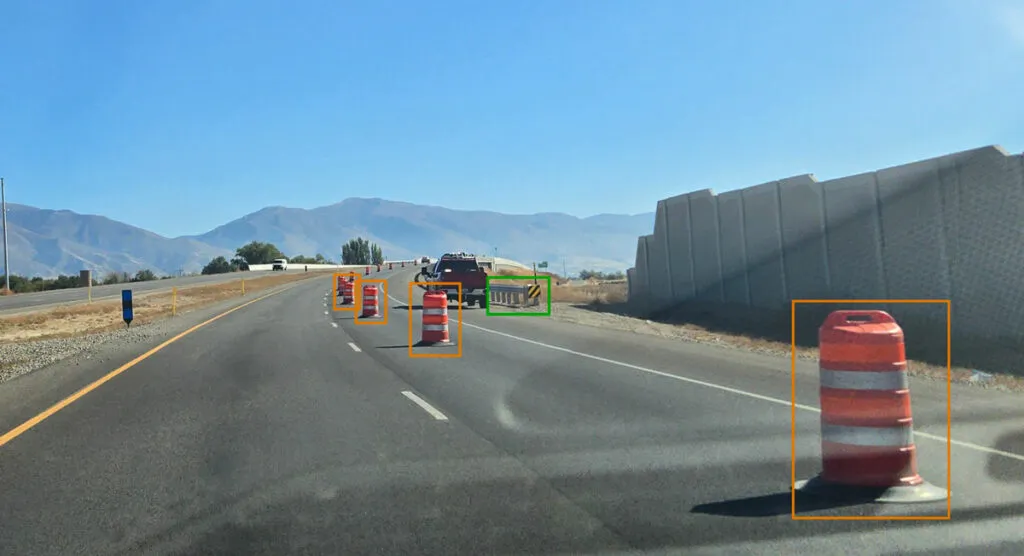Daimler is testing connected trucks in platooning operations on public roads in the US, having completed trials at its Daimler Trucks North America’s (DTNA) proving ground in Oregon.
Daimler is using ‘pairing’, with two connected Freightliner New Cascadia truck trailer combinations. It says truck platooning connectivity and automated driving improve safety within the vehicle convoys, support drivers and enhance efficiency through closer distances between the connected trucks.
September 27, 2017
Read time: 1 min
Daimler is using ‘pairing’, with two connected Freightliner New Cascadia truck trailer combinations. It says truck platooning connectivity and automated driving improve safety within the vehicle convoys, support drivers and enhance efficiency through closer distances between the connected trucks.
Working with its customers DTNA is developing an understanding of how platooning technology may impact fleet operations such as dispatch, logistics and driver training and plans to test digitally connected trucks in real-world situations.










